How To Plant Tomatoes (And What Goes In The Hole)
As an Amazon Associate and member of other affiliate programs, I earn from qualifying purchases.
Knowing how to plant tomatoes makes all the difference in both the taste and how much fruit your harvest will yield. So in this article, we’ll talk about the right way to plant your tomatoes and what you should (or shouldn’t) put in the hole.
Fun fact: Tomatoes are the most frequently grown vegetable in home gardens.
However, if you have ever tried to plant some and got some less than stellar results, you are not alone.
Even though tomatoes are not hard to grow at home, a lot of home gardeners find that they don’t get as much fruit or as flavorful tomatoes as they wished because they don’t know how to plant tomatoes the right way.
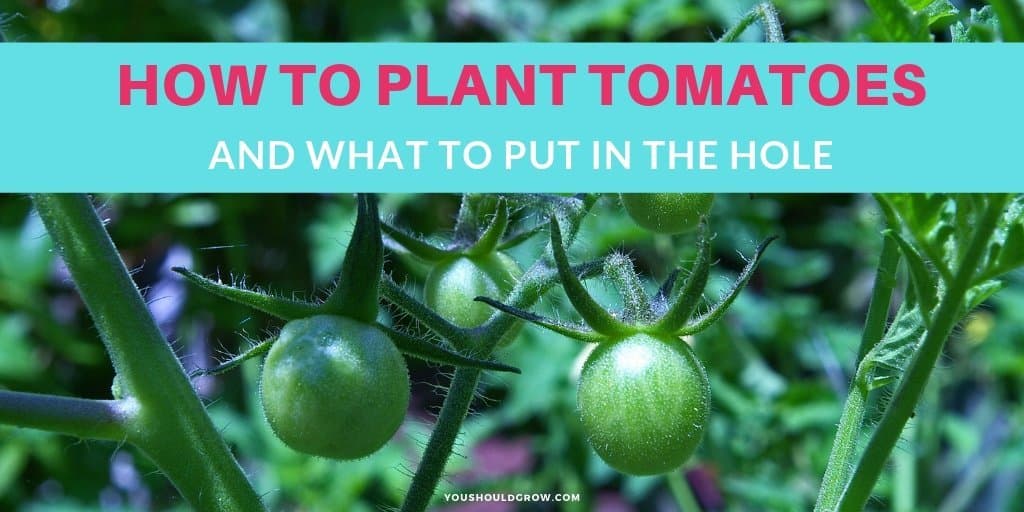
How To Plant Tomatoes The Right Way
In my experience, the most common reason that tomatoes don’t do well is that they were not planted in the correct location and/or the soil is inadequate. So in this article, we’ll talk about how to plant tomatoes and what you can put in the hole prior to planting to give your new plant a jumpstart in life. If you’re looking for tips on growing tomatoes from seed, then I recommend you start here.
How to plant tomatoes – Very First Step
Before we dig into the soil and start our planting process, you will need to make sure of two things:
● Your last chance of frost has passed (check the Farmer’s Almanac here if you’re not sure).
● You have a location in your garden that gets at least 6 hours of sun every day.
Best Soil For Planting Tomatoes
Soil is perhaps the most important factor when it comes to the flavor of your tomatoes, so you will need to make sure you’re using soil rich in organic matter (think compost and worm castings) as well as a balanced blend of macro and micronutrients.
It’s not hard to make sure you’re working with healthy soil. Here are some quick and easy ways to improve your soil.
● If you’re planting straight in the ground, add compost and mix it into the top six inches of your garden bed.
● For new beds, fill with the highest quality potting soil or garden soil you can find.
● For old beds, top off with as much new garden soil and/or compost as will fit.
● If you’re planting in containers, fill with or top off with new soil or compost
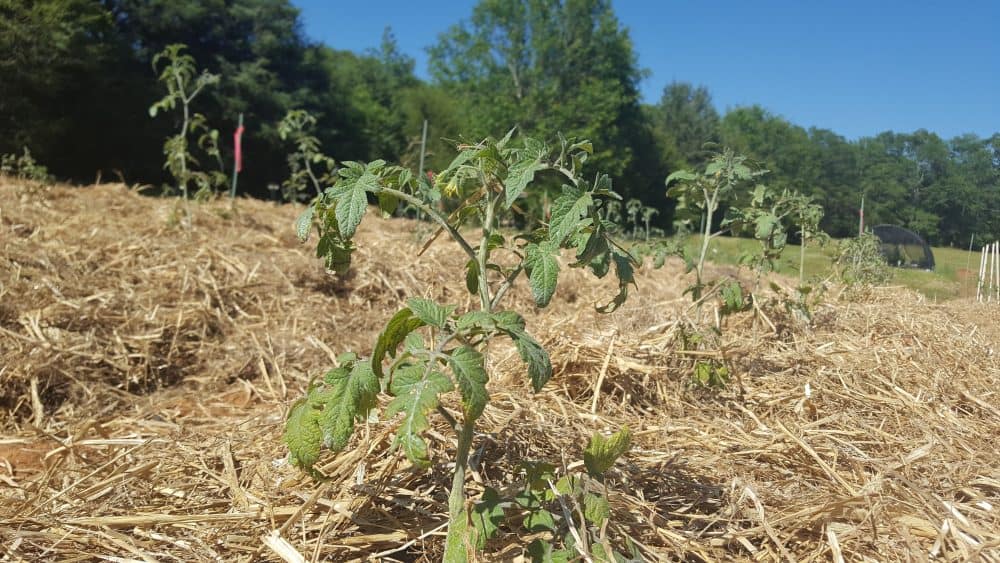
Prune your tomato before planting
The best thing for planting tomatoes is to get them as deep in the ground as you can. Tomato plants love to be buried as deep as you can get them. So prep the seedlings by pruning off the lower leaves. Leave at least 2 sets of leaves above the soil and everything else pruned and in the ground.
You don’t want any leaves buried in the ground. They’ll start to mold and rot, and this is not good for your tomato plant. The stem, however, will be putting out new roots once it’s buried.
Why we bury the tomato stem
● Stronger, deeper root system means your plant is more hardy
● More roots mean better uptake of water and nutrients, and that equals yummier tomatoes.
● Access to water and nutrients deeper in the soil means less watering and fertilizing input from you.
Dipping Tomato Plants Before Planting
When we plant our tomatoes, we dip them. I don’t see a lot of people doing this, but it’s a step we always take to help our young plants transition to their permanent home.
Surround – surround is kaolin clay coating that helps protect your plants from sunburn and disease. Hopefully, your plants were well hardened off, but the clay coating helps decrease transplant stress by blocking evaporation through the leaves and acting as a sunscreen. It will rinse off with watering, rain, or dew so it’s very temporary, but it helps a lot especially if you’re planting on a very hot day.
Serenade – the active ingredient in Serenade is a strain of bacteria that helps fight fungal (and some bacterial) diseases. It works by boosting the plant’s immune system and preventing infection with disease-causing pathogens.
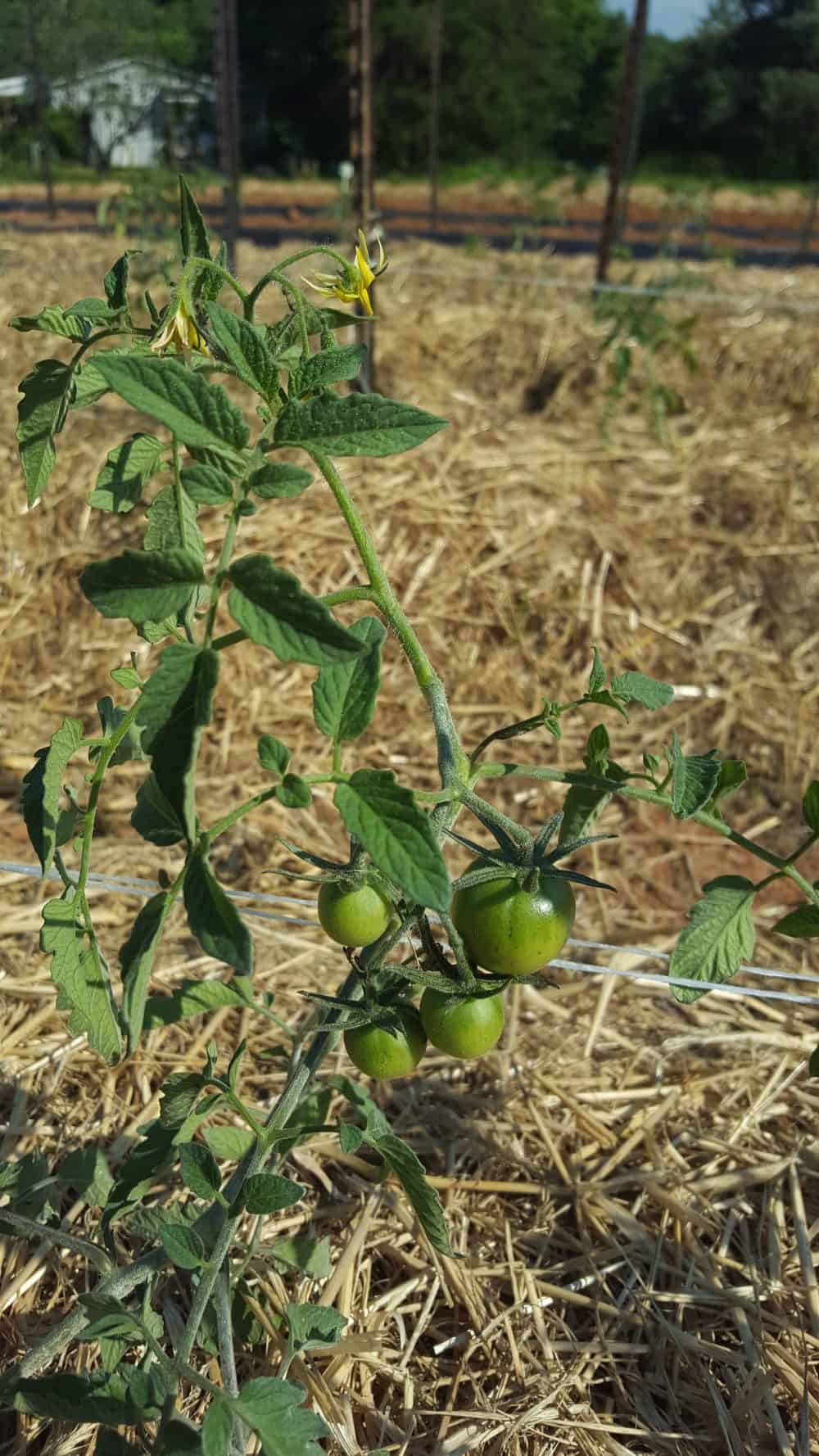
What Goes in the Hole for your Tomato Plant
If you want to know how to plant tomatoes, you’ve got to know what to do with the hole. The most important thing about the tomato planting hole is its size. Make sure to dig a hole that is deep enough to bury the stem and at least twice as wide as your plants rootball. Then, the only thing you really need to put in there is fertilizer.
Organic Fertilizer
A balanced or nitrogen-heavy fertilizer is really all you need to add to the planting hole for your tomato plant. You can tell if it is nitrogen-heavy if the first number of the NPK ratio is equal to or higher than the others.
Make sure you mix the fertilizer into the soil at the bottom of the hole. If you set your plant roots right on top of it, you could kill your plant. If just using fertilizer in the tomato hole seems too easy, I do have two other suggestions to layer in that have a proven benefit.
Worm castings
Some organic matter like worm castings is great to add in the planting hole. Worm castings are basically worm fecal material that’s full of nutrients and soil conditioning properties. It gives you the majority of the benefits of a worm, in a powdered, easy to add in form.
Mycorrhizal Fungi
Mycorrhizal fungi are beneficial at helping transplants establish healthy root systems. I like to add them with the fertilizer in a product like this one.
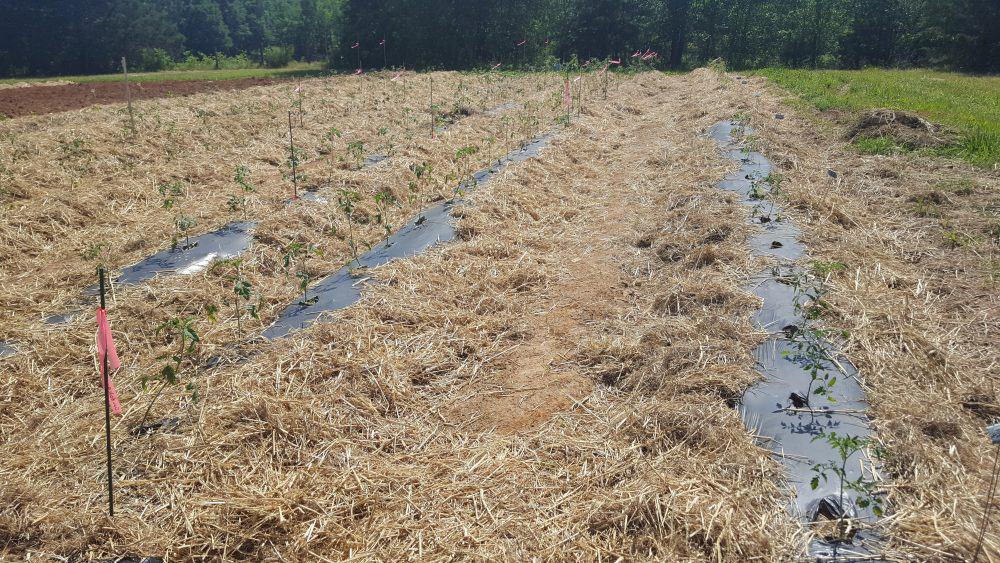
Other things to put in the hole
I thought it would be helpful to list out all the other things that you might read about and explain how they’ll help or why they’re bogus. Let’s go!
Baking Soda
Some people claim that putting baking soda in the hole with your tomato plant will make the soil less acidic and therefore your tomatoes will be sweeter.
Okay. Let’s pause for a second and think about this:
Tomatoes need their soil to be at a pH of 6.2-6.5 to be healthy. It’s at this pH range that tomato plant roots can take up nutrients from the soil. If you start adding things to raise the pH of your soil without knowing what the pH of your soil actually is, you could be doing more harm than good.
With that said, in all the time I’ve been gardening and learning about creating healthy soil, I have never, ever seen a recommendation to use baking soil to change the pH in any kind of proven way.
I’m also not convinced that the pH of the soil has much to do with the acidity of the tomato. I believe that has more to do with genetics and watering, but you’ll have to take my word on that one. I don’t have anything to back up that opinion.
Fish Carcass
I can’t argue with this one. Everything to do with dead fish is great for plants in general including tomatoes. So if you have a dead fish, go ahead and throw it in the hole. Better yet, serve fish for dinner and use the bones for your garden—let mother nature do her thing!
Aspirin
I’m not convinced putting an aspirin in the tomato hole is of benefit based on scientific studies I’ve read. But there could be some benefits to using aspirin for tomatoes and they probably will not do any harm, so you could try it if you want to.
Eggs/Eggshells
Eggshells offer lots of calcium and promote healthy microorganisms in the soil. They are beneficial for improving the soil for sure.But they are NOT going to help with blossom end rot. So if you decide to use them, you’re doing a good thing but not because you’re preventing BER.
Epsom Salt
Epsom salt is magnesium sulfate. It’s a great soil amendment, and it does provide nutrients that tomatoes need. But it’s not as magical as most garden bloggers would have you think it is. I feel like there are much better options out there than this. In fact, I wrote an entire article about what Epsom salt will and won’t do for your tomatoes.
Kelp Meal/Alfalfa Meal
These are great natural fertilizers that are beneficial in the vegetable garden. Kelp meal has potassium and nitrogen, while alfalfa meal is a great nitrogen source.
If you’re not using a balanced traditional fertilizer, definitely add some kelp or alfalfa meal to your tomato hole. Otherwise, your fertilizer should have you covered.
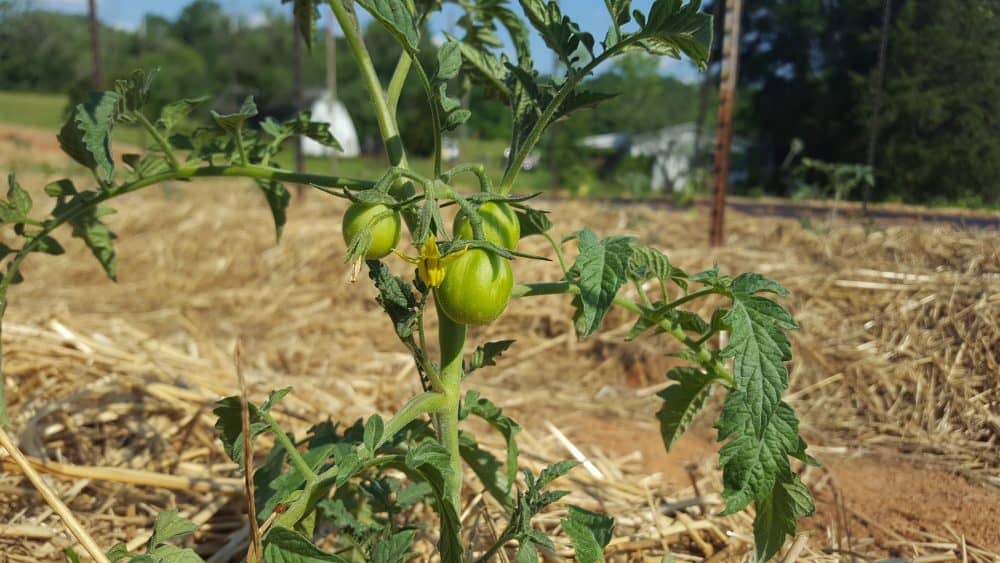
Blood and/or Bone Meal
Blood meal is another high nitrogen source, and bone meal provides calcium and phosphorous. Both are good choices, but you have to be careful not to overdo the bone meal. According to a recent study, bone meal has high amounts of lead and mercury. It also can transmit Mad Cow Disease, so use caution!
Used Coffee Grounds
Composted coffee grounds are an excellent soil conditioner. Too much can increase the acidity of your soil, so use them sparingly if your pH is already low. If you want to use coffee grounds, it’s best to check your pH before using it as an additive.
How Do You Plant Tomatoes?
Share your experience in the comments below!
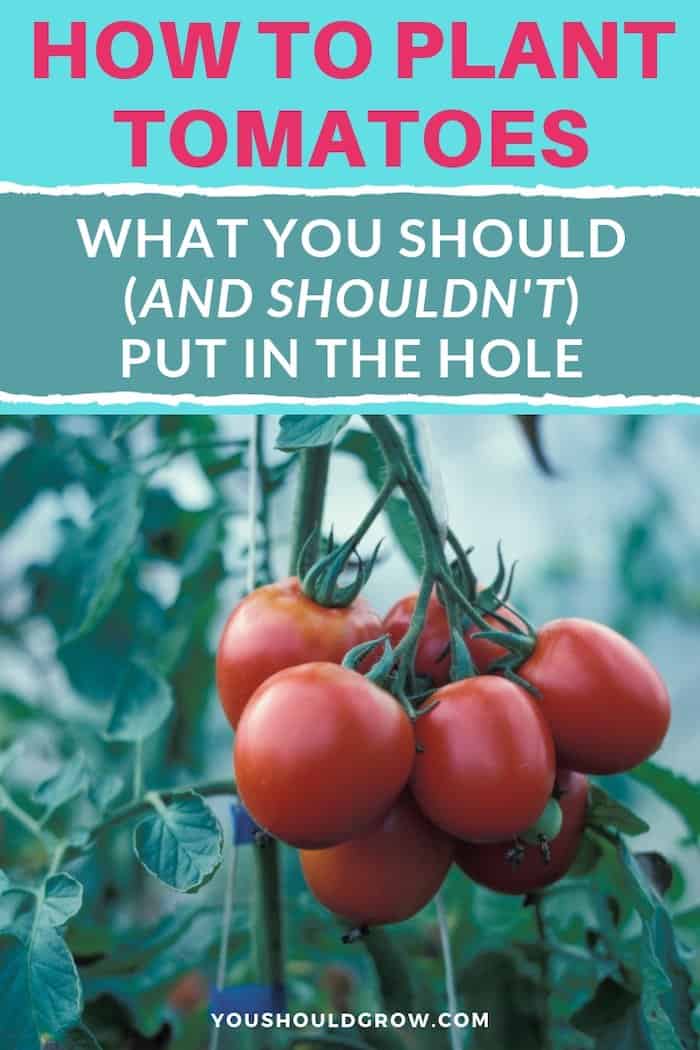


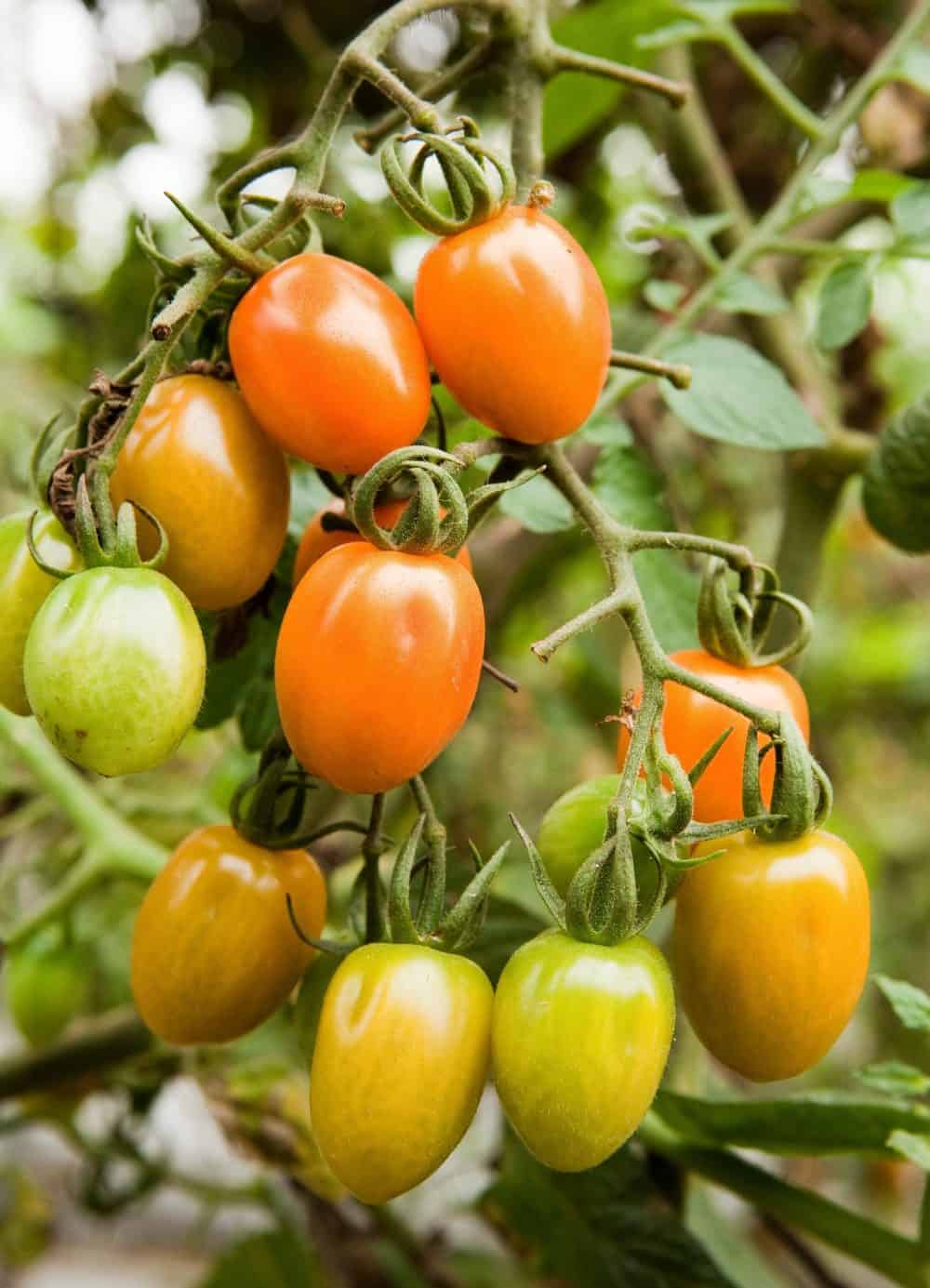
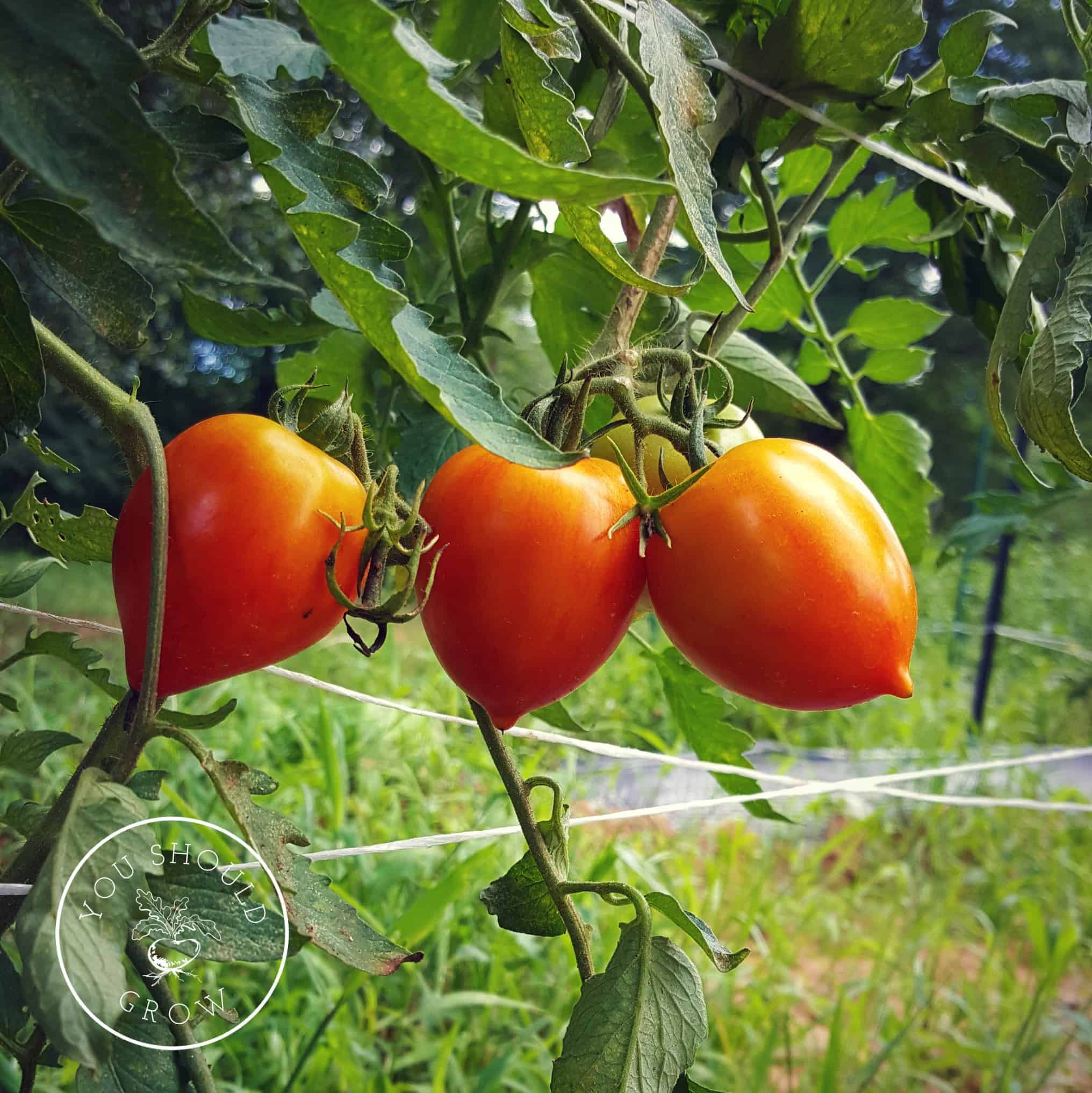
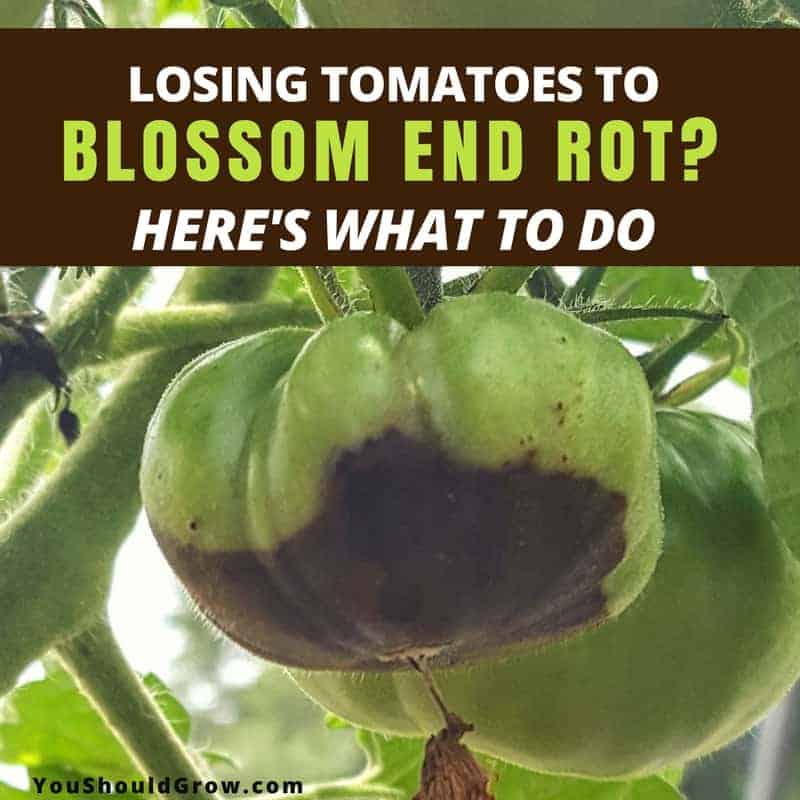
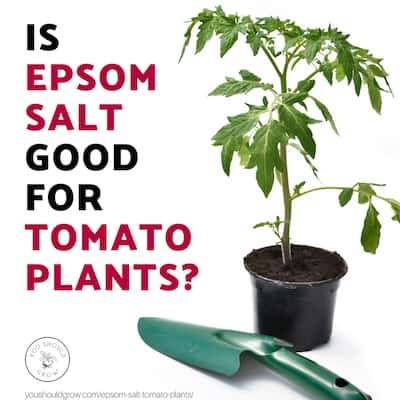
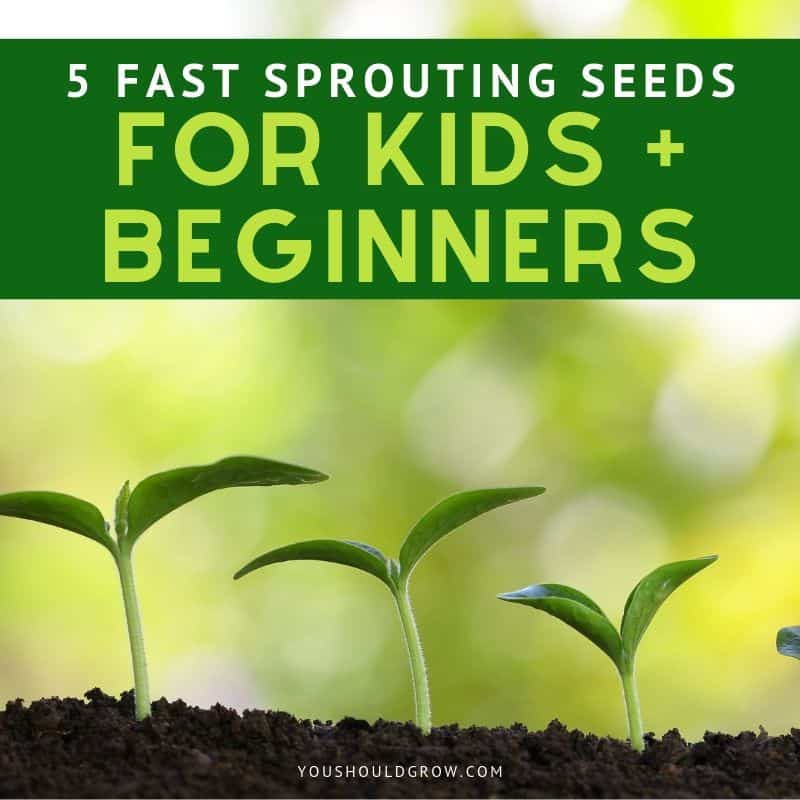
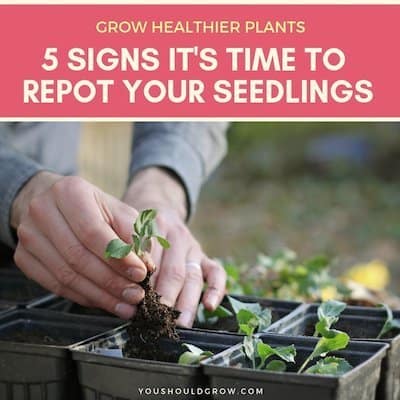
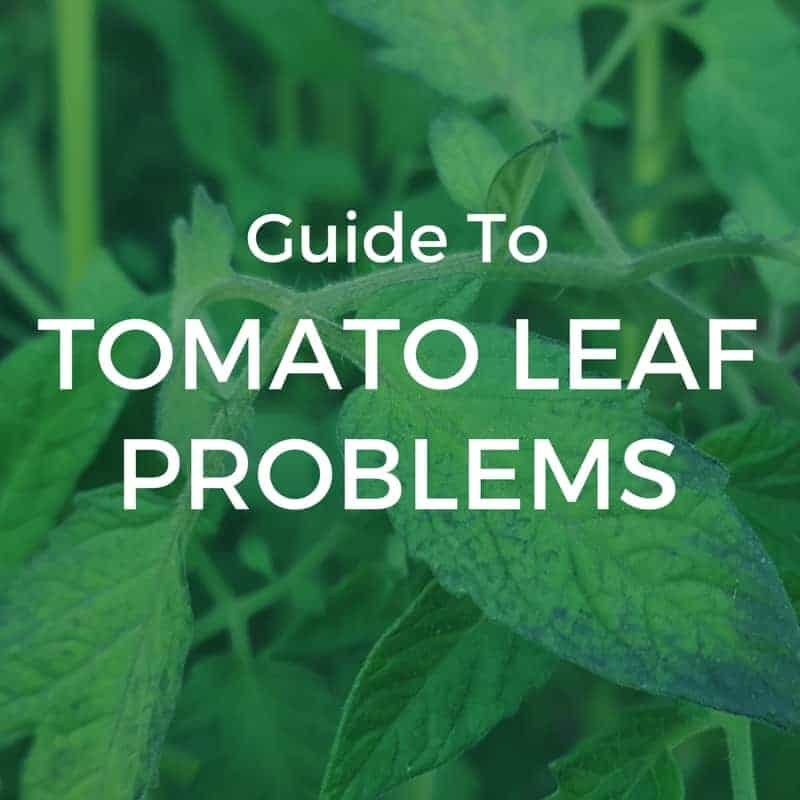
Article is succinct and down-to-earth… will be soon letting you know about my experience after religiously following your instructions/guiding light… thanks again
Happy gardening! 🙂
I still have no idea how to do the “dipping”. Otherwise, this article was very informative!
Thank you!
What about banana skins?
I didn’t understand the dipping either ….